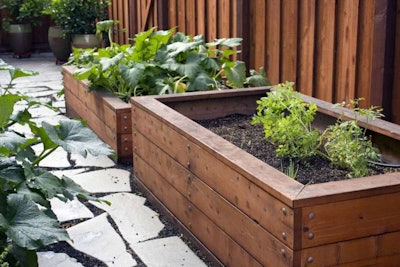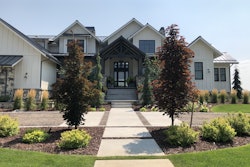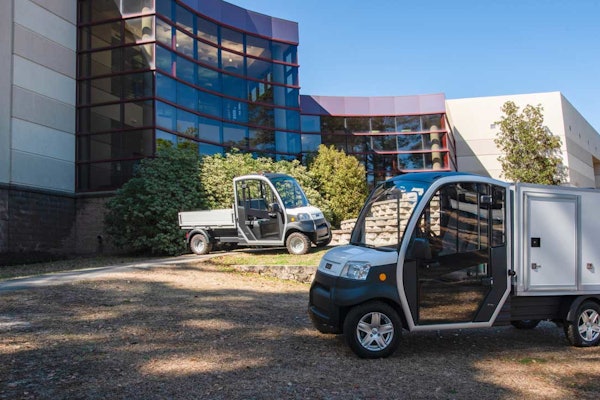 Raised beds can be attractive features in a client’s garden that produces a bounty of edible plants.
Raised beds can be attractive features in a client’s garden that produces a bounty of edible plants.Photo: Humboldt Redwood Company
As edible gardening becomes more mainstream, more clients might be curious about trying a vegetable or herb garden over the upcoming summer months.
While they can add these edibles to their normal landscape, you might want to educate them on the multiple benefits of having areas of the backyard devoted to raised beds.
For locations with poorly drained soil, like clay, raised beds are a far easier solution compared to trying to amend the soil. They are also a good choice when working on a property that has recently been developed and is facing some serious soil compaction.
When using a raised bed, you are able to provide your client with high-quality soil mixes that will help their vegetables produce better thanks to the improved soil drainage and aeration needed for root penetration. Compaction is never an issue because the beds are narrow enough the homeowner can reach across without having to step into the bed.
For clients who are wanting to get a head start on their growing, raised beds warm up much quicker in the spring allowing for faster seed germination and transplant growth. The end of the growing season can also be extended by adding hoop covers to the frame in the fall. Even in areas with limited space, raised beds allow for dense planting and high production per square foot. This heavy amount of planting also reduces the likelihood of weeds, and those that do appear can be easily hand-pulled. Pest problems can be monitored better since raised beds are more visible and physically accessible.
Another advantage of raised beds is that they can be made wheelchair accessible by creating a planter bed around 27 inches high. Of course, the height and width of the frame can be built to whatever is comfortable for the customer.
To determine whether raised beds make good sense for your customer, figure out if drainage, runoff, erosion, contaminated soil or limited space are issues. If these are concerns, raised beds can easily overcome them.
However, there are some disadvantages to keep in mind when discussing raised beds with your client.
Elevated beds tend to dry out quicker during the hot summer months, so it will be important to keep them well irrigated. Drip irrigation is one way to ensure that the soil stays moist. Raised beds need to placed in location where plants can get six to eight hours of full sun, so if this is smack in the middle of their landscape, it could be a deal breaker for some.
The time and cost of materials can be a concern for some as they are having to buy both the potting soil and the frame elements. Also not all edibles are suited for raised beds, particularly sprawling ones, so if your client wants to grow watermelons, elevated beds aren’t for them.
If these factors are not a concern, you can move forward with choosing what the frame materials should be. While you can create raised ground beds, framed raised beds are far more popular right now and they also serve as an important barrier between the garden and the lawn.
Depending on how permanent they want this structure to be, you can use anything from rot-resistant woods like cedar or redwood to cobbled pavers. The area around the beds or the entire paths between the beds can be mulched, saving the client or your crews the trouble of trying to mow between them.
When placing raised beds in the garden, try to think outside the box a little and get your creative juices going. Raised beds can become not only practical but also beautiful, if planned properly.








